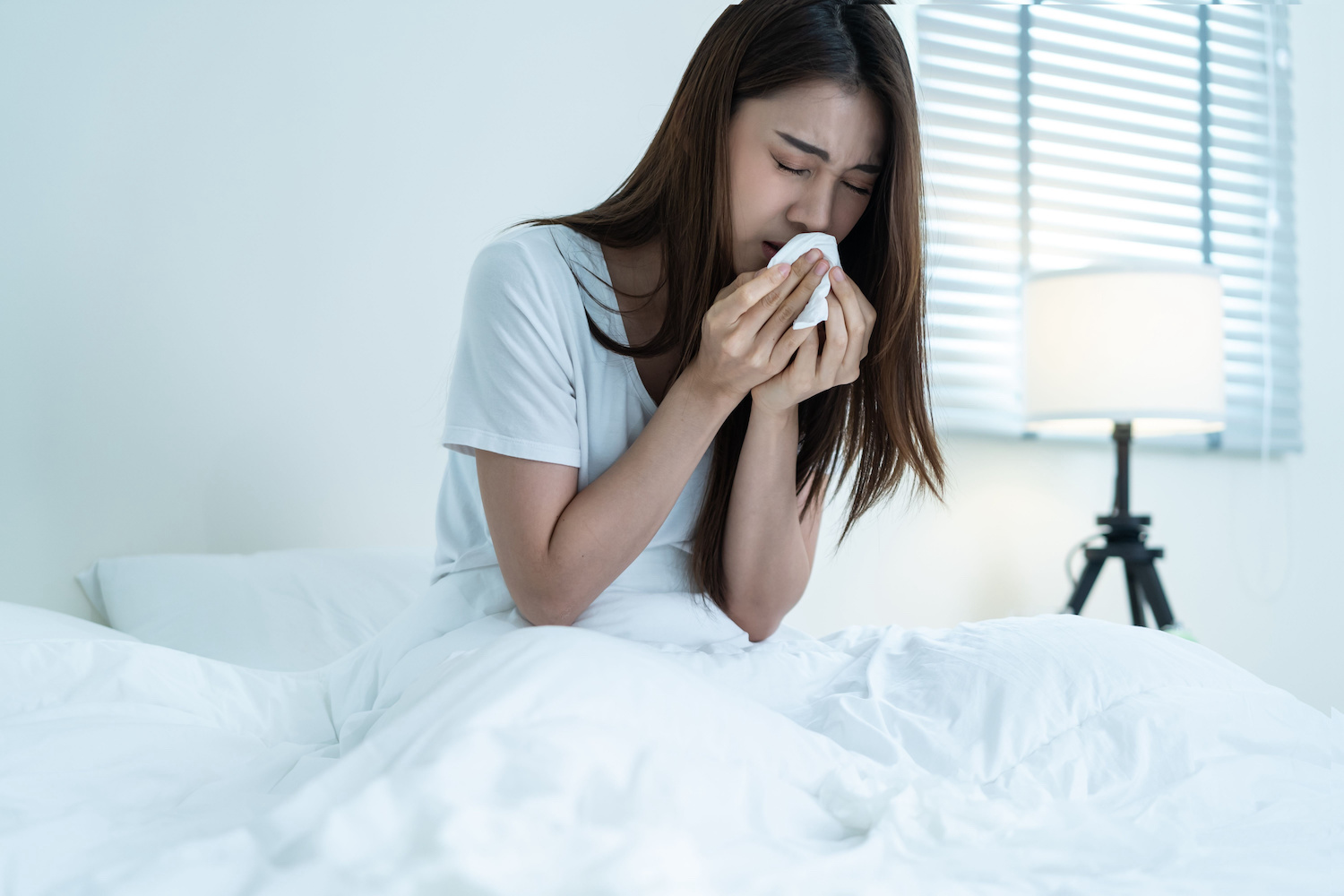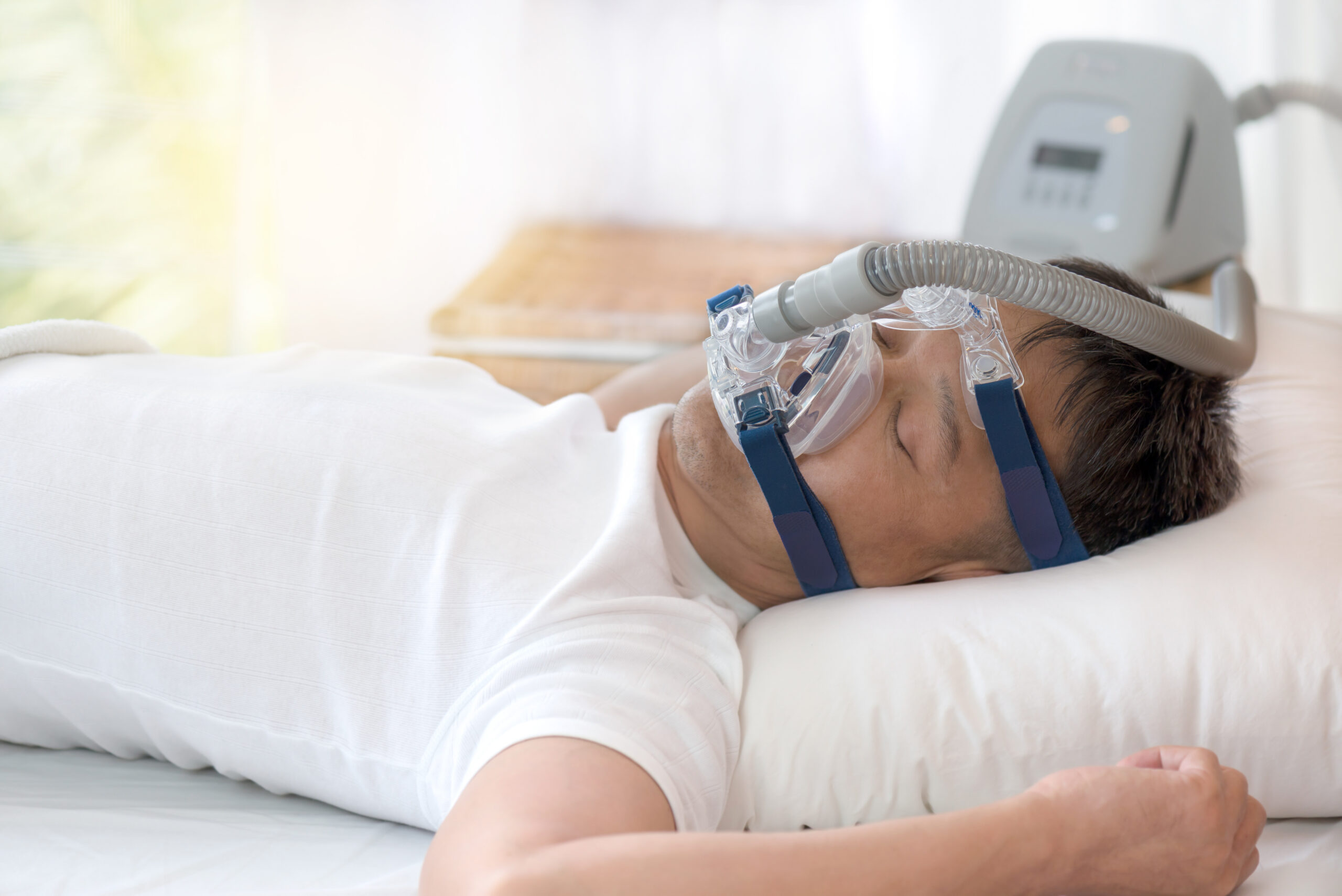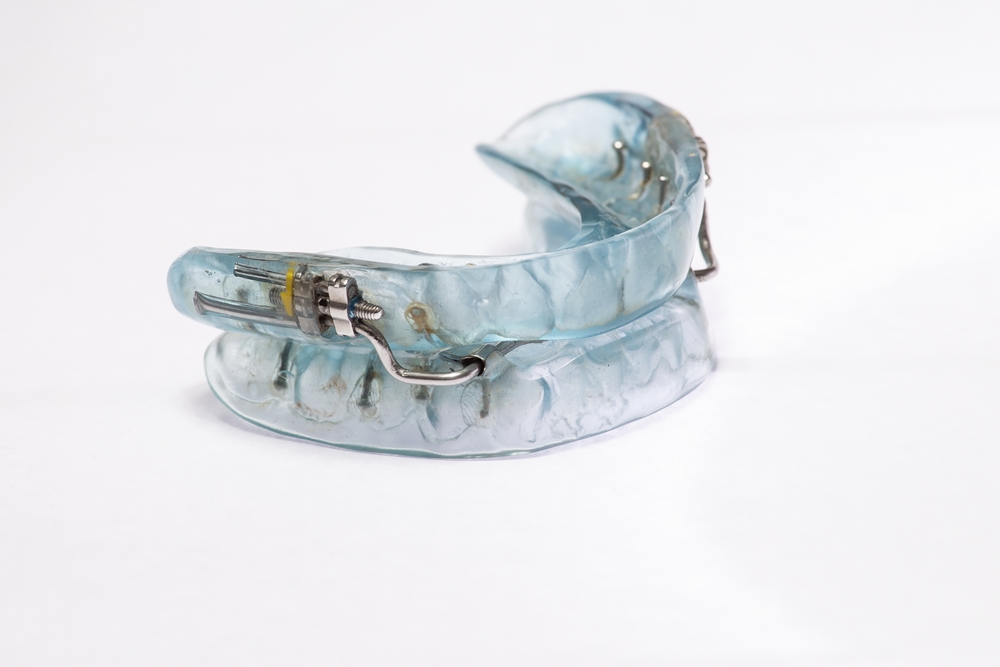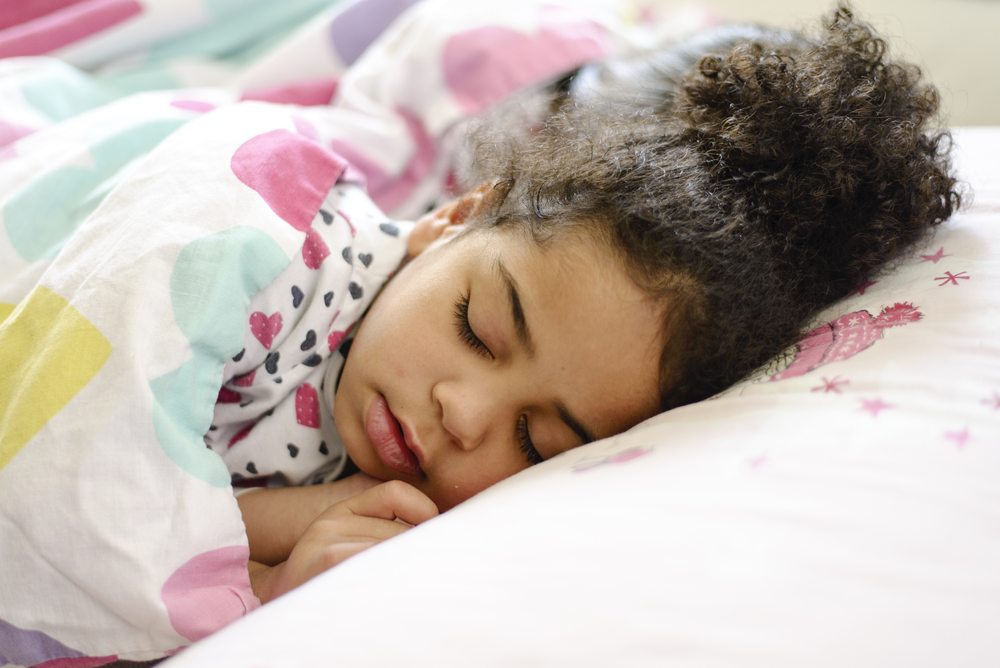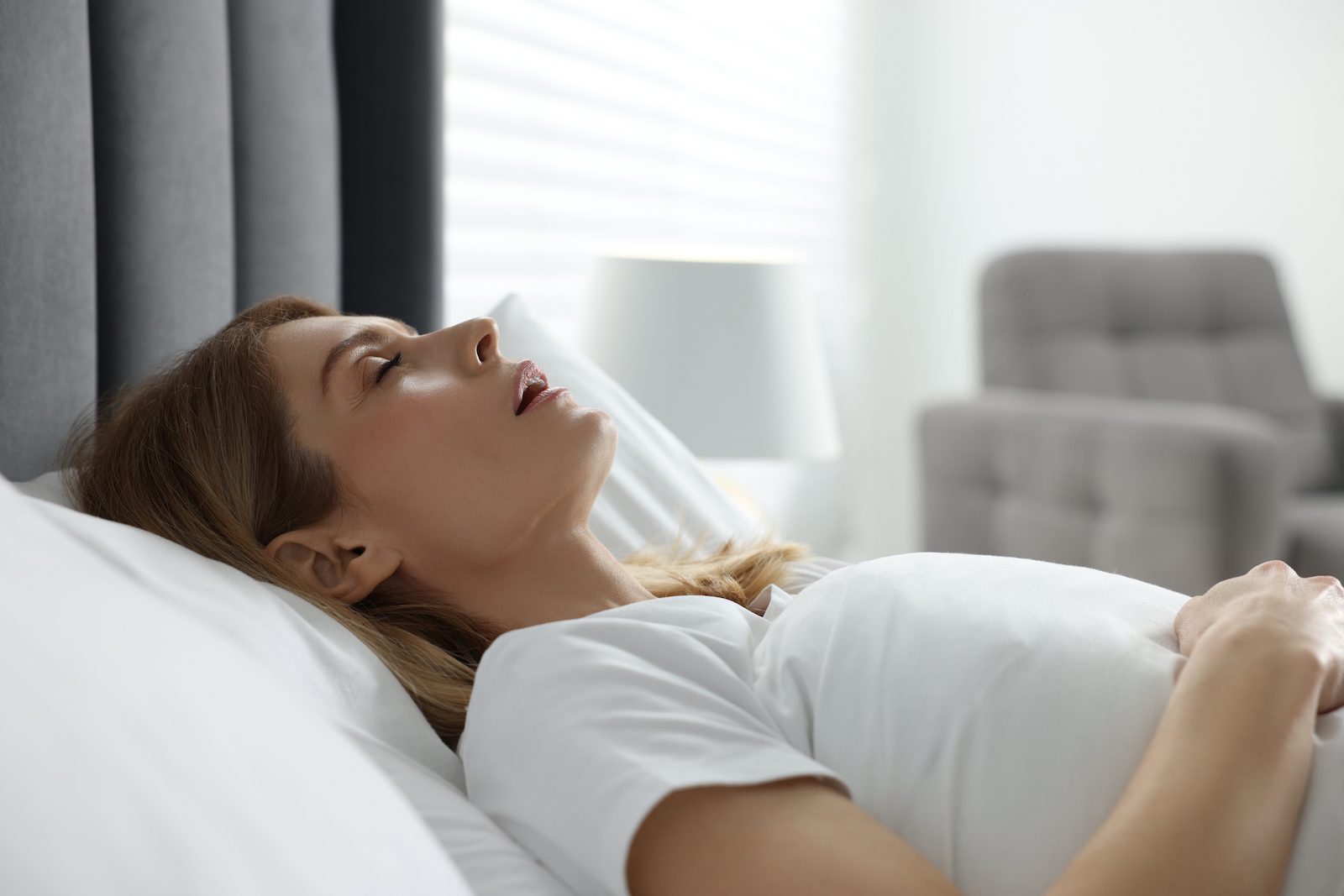Snoring affects people of all ages, including children. Up to 17% of children snore regularly, most often from the ages of 2 to 8. Snoring in children can have a wide range of potential causes, some more concerning than others. Caregivers should talk to a health care professional if they notice their child snoring on a regular basis.
Is Snoring in Children a Concern?
Parents and caregivers should consult with their pediatrician if snoring occurs three or more times a week or if a child has symptoms of more significant nighttime breathing issues, such as:
- Pauses in breathing during sleep
- Daytime tiredness
- Hyperactivity
- Challenges in behavior or learning
- Asthma that is difficult to control
- Bedwetting
Occasional snoring in children may not be a cause for concern, particularly if it happens while a child has a respiratory illness, doesn’t persist over time, and isn’t accompanied by other health or behavioral issues.
More frequent or loud snoring may be a symptom of more serious disruptions in a child’s breathing linked to a group of conditions called sleep-disordered breathing. In these cases, doctors often recommend a sleep study to determine the cause and type of breathing disruptions.
One type of sleep-disordered breathing, obstructive sleep apnea (OSA) affects up to 5% of children. Left untreated, OSA can affect a child’s health, growth, development, and the quality of their sleep.
What Causes Snoring in Children?
Snoring in children is caused by narrowing of the airway. When air passes through a narrowed airway, nearby tissues begin to vibrate and cause the typical snoring sound.
A variety of factors increase the likelihood of snoring and sleep-disordered breathing in children.
- Enlarged tonsils and adenoids: Adenoids and tonsils are tissues found behind the nasal passages and in the throat. Enlargement of these tissues due to infection or inflammation can restrict a child’s airway.
- Mouth and jaw structure: Features such as a high palate, small or recessed lower jaw, underdeveloped upper jaw, and misaligned teeth make snoring more likely.
- Allergies and congestion: Allergies, colds, and sinus infections can cause nasal congestion and inflammation, making it more difficult to breathe through the nose while sleeping. This makes a child more likely to breathe through their mouth and snore.
- Obesity: If a child has obesity, excess tissue can accumulate around the throat and reduce space in the airway.
- Medical conditions: Certain medical conditions can make it harder for the body to keep the airway open during sleep, including cerebral palsy, muscular dystrophy, and conditions that affect the structure of the mouth or jaw.
Identifying the underlying cause of snoring in children helps a doctor determine the most appropriate treatment approach.
How to Reduce Snoring in Children
Reducing snoring in children depends on the cause and severity of this symptom, so it’s important for caregivers to talk to a pediatrician.
For occasional snoring related to congestion, parents and caregivers may try several steps to reduce snoring in children.
- Flush the sinuses with saline: Neti pots or other nasal irrigation devices may be used to clear the sinuses of mucus. You can purchase sinus saline solutions from retailers or prepare a solution at home with distilled or boiled water and salt. Do not use plain tap water to make a nasal saline solution.
- Use a humidifier or vaporizer: Breathing in a cool mist may help moisten the sinus passages and allow a congested child to breathe more comfortably. Use distilled water to fill the reservoir and be sure to clean the humidifier daily, following the manufacturer’s instructions.
- Consider nasal strips: A common over-the-counter method to improve adult snoring, nasal strips adhere to the skin on the bridge of the nose and may open the upper airway. However, this treatment is not well researched in children and should not be used before talking to the child’s doctor.
Sometimes, mild snoring without more serious breathing issues diminishes over time. But, depending on its cause, a health care provider may still recommend treatment for occasional snoring.
What Are Signs That Snoring Could Be a Problem?
Although childhood snoring is common, some signs may indicate a more serious underlying health issue that requires a visit to a pediatrician or sleep specialist. Symptoms of sleep-disordered breathing include:
- Loud or persistent snoring
- Pauses in breathing
- Breathing through the mouth during sleep
- Restless sleep
Other signs of sleep-disordered breathing and obstructive sleep apnea involve a child’s ability to function and thrive.
- Daytime sleepiness: If a child is unusually tired during the day, has trouble concentrating, or falls asleep at inappropriate times, it may be a sign that they are not getting restful sleep at night.
- Excessive bedwetting: OSA disrupts sleep patterns, which can change bladder function and control. Likewise, the increased effort it takes for a child to breathe may increase the body’s production of urine and put pressure on the bladder.
- Behavioral changes: Behavioral issues such as aggression, hyperactivity, or irritability may be signs that a child isn’t getting adequate sleep.
- Learning difficulties: Poor-quality sleep can affect a child's ability to learn, remember, and concentrate, leading to academic difficulties and poor performance in school.
Treatment for Obstructive Sleep Apnea in Children
Treatment for obstructive sleep apnea depends on a child’s symptoms, age, and medical history. For children with mild to moderate OSA, doctors may recommend beginning by treating underlying health conditions, like asthma and allergies, and delaying additional treatment for up to six months to see if symptoms resolve.
When a child needs additional treatment, several methods may be effective, including:
- Weight loss for children with obesity
- Avoiding tobacco smoke
- Reducing allergens in the home
- Surgery
- Positive airway pressure (PAP) therapy
- Medications
- Oral appliances
- Orthodontic treatment
- Changing sleeping positions
- Mouth exercises
Additionally, doctors often recommend improving a child’s sleep habits to combat the effects of sleep apnea. Sleep hygiene for children includes helping them stay active during the day, steering away from caffeine and large meals before bed, maintaining a consistent bedtime, and creating a relaxing nighttime routine.



